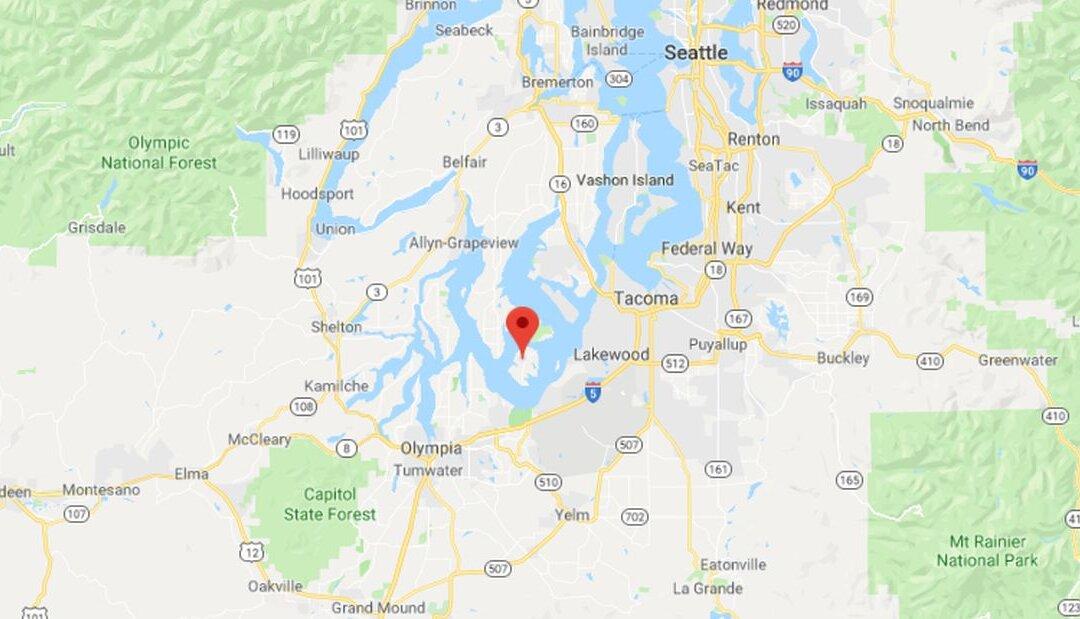A group of boaters got frightened when young orcas came to check out their rowboat.
Steven Sloan says they were boating in the Puget Sound in Washington State.


A group of boaters got frightened when young orcas came to check out their rowboat.
Steven Sloan says they were boating in the Puget Sound in Washington State.